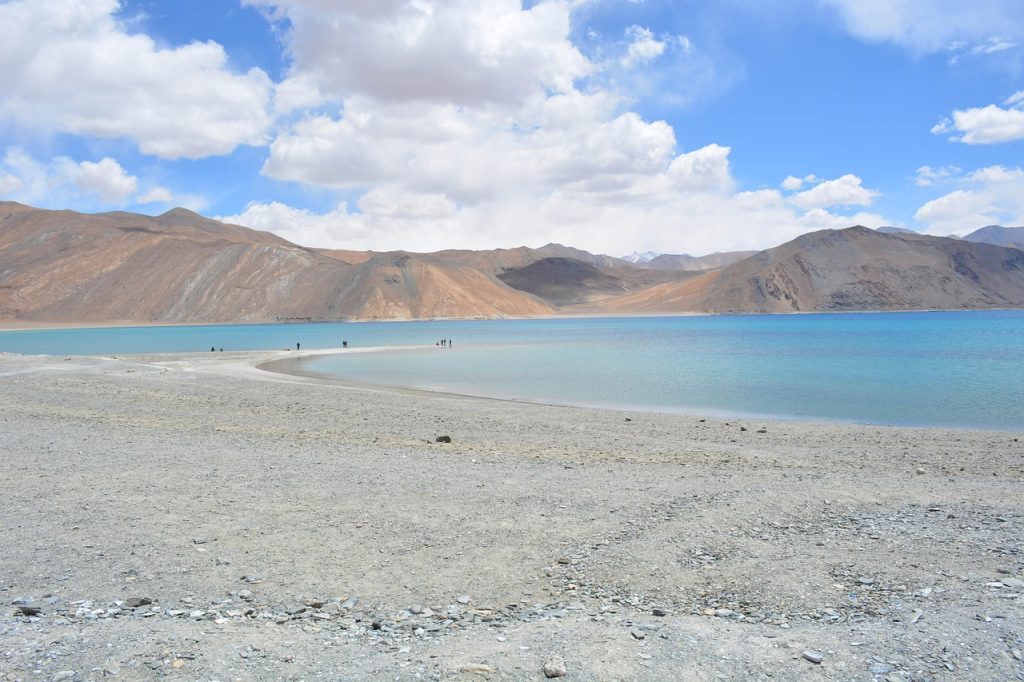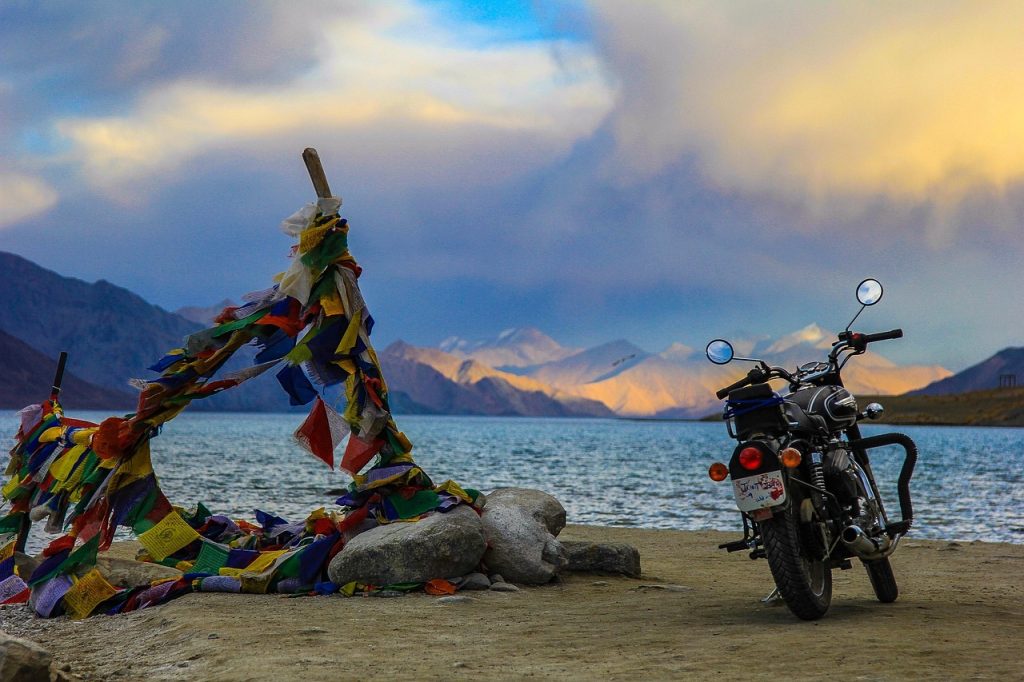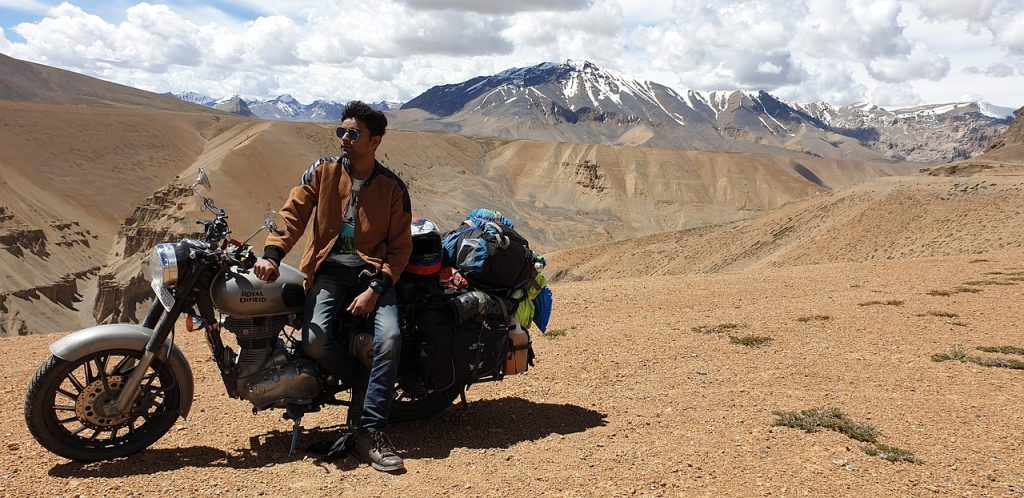Introduction to Leh Tourism
Leh, the capital of Ladakh, is a high-altitude desert paradise known for its monasteries, rugged landscapes, and vibrant culture. Choosing the best time to visit Leh ensures pleasant Leh weather, accessible roads, and the chance to experience its unique charm. Whether you’re an adventure enthusiast or a cultural explorer, timing your trip right is key to enjoying Leh travel.

Image by nicelikeyou from Pixabay
Best Time to Visit Leh: Seasonal Breakdown
Leh’s climate is extreme, with cold winters and warm summers. Below is a detailed look at Leh seasons to help you decide the ideal time for your visit.
Summer (April to June): The Peak Season for Leh Travel
- Weather: Mild, with temperatures ranging from 15°C to 30°C during the day. Nights can be cooler, around 5°C to 10°C.
- Why Visit: This is the best time to visit Leh for most travelers. Roads to Leh, including the Manali-Leh and Srinagar-Leh highways, are open, making it ideal for road trips. Clear skies offer stunning views of the Himalayas, perfect for photography and sightseeing.
- Activities: Explore monasteries like Hemis and Thiksey, trek in the Markha Valley, or visit Pangong Lake, which is accessible during this period.
- Pros: Comfortable weather, open roads, vibrant festivals like the Hemis Festival (June).
- Cons: Peak season means higher costs and crowded tourist spots.
- Tip: Book accommodations and transport early to avoid inflated prices.

Image by Eakchai Chuchaem from Pixabay
Monsoon (July to September): A Shoulder Season for Leh
- Weather: Light rainfall, with temperatures between 10°C to 25°C. The region is a rain-shadow area, so rainfall is minimal compared to other parts of India.
- Why Visit: This period is great for budget travelers, as crowds thin out and prices drop. The landscape turns lush, enhancing the beauty of places like Nubra Valley.
- Activities: Enjoy biking trips, visit Tso Moriri Lake, or attend the Ladakh Festival (September) for cultural immersion.
- Pros: Fewer tourists, greener landscapes, and lower costs.
- Cons: Occasional road blockages due to landslides, especially on the Manali-Leh route.
- Tip: Carry waterproof gear and check road conditions before traveling.
Winter (October to March): For the Adventurous
- Weather: Harsh, with temperatures dropping to -20°C at night and daytime highs around 0°C to 10°C.
- Why Visit: Winter is ideal for adventure seekers wanting to experience the Chadar Trek on the frozen Zanskar River (January-February). Snow-covered landscapes offer a surreal beauty.
- Activities: Chadar Trek, winter photography, and exploring local culture in a quieter setting.
- Pros: Unique winter experiences, fewer crowds, and lower costs.
- Cons: Extreme cold, closed highways, and limited access to remote areas like Pangong Lake.
- Tip: Pack heavy woolens and ensure you’re prepared for high-altitude cold.
Month-by-Month Guide to Leh Weather and Travel
| Month | Temperature (°C) | Weather Conditions | Best For |
|---|---|---|---|
| April | 5–20 | Cool, clear skies | Sightseeing, early treks |
| June | 15–30 | Warm, pleasant | Festivals, road trips |
| August | 10–25 | Mild, occasional rain | Budget travel, culture |
| December | -15–5 | Cold, snowy | Chadar Trek, winter views |
| February | -20–0 | Freezing, clear skies | Adventure treks |
Unique Tips for Leh Travel Planning
To add value beyond standard guides, here are some lesser-known insights for Ladakh best time to visit:

Image by PRASHANT YADAV from Pixabay
- Acclimatization: Leh is at 3,500 meters above sea level. Arrive a day early to acclimatize and avoid altitude sickness, regardless of the season.
- Eco-Friendly Travel: Support sustainable tourism by choosing local homestays and avoiding plastic waste in this fragile ecosystem.
- Hidden Festivals: Beyond the Hemis Festival, explore smaller events like the Losar Festival (December) for an authentic cultural experience.
- Stargazing: Summer nights in Leh offer some of the clearest skies for stargazing, especially in Nubra Valley.
While planning the best time to visit Leh, consider combining your trip with other destinations in the region. Check out our blog on the best places to visit in Kashmir to make the most of your travel itinerary.
FAQs About the Best Time to Visit Leh
What is the best month to visit Leh for trekking?
June and September are ideal for trekking due to mild Leh weather and open trails. Popular treks like Markha Valley and Stok Kangri are accessible during these months.
Is winter a good time to visit Leh?
Winter (October-March) is suitable for adventure seekers, particularly for the Chadar Trek. However, extreme cold and closed roads make it less ideal for casual Leh tourism.
How is the weather in Leh during the monsoon?
Monsoons (July-September) bring light rain and cooler temperatures (10°C–25°C). The region remains relatively dry, but landslides can affect road travel.
Can I visit Pangong Lake year-round?
Pangong Lake is best visited from May to September when roads are open and temperatures are manageable. Winter access is challenging due to snow.
Conclusion
The best time to visit Leh depends on your preferences—summer (April-June) for pleasant weather and festivals, monsoon (July-September) for budget travel and lush landscapes, or winter (October-March) for unique adventures like the Chadar Trek. Plan around Leh weather and Leh seasons to ensure a memorable Leh travel experience. Check out our Leh itinerary guide for detailed trip planning and Ladakh travel tips for more insights.

